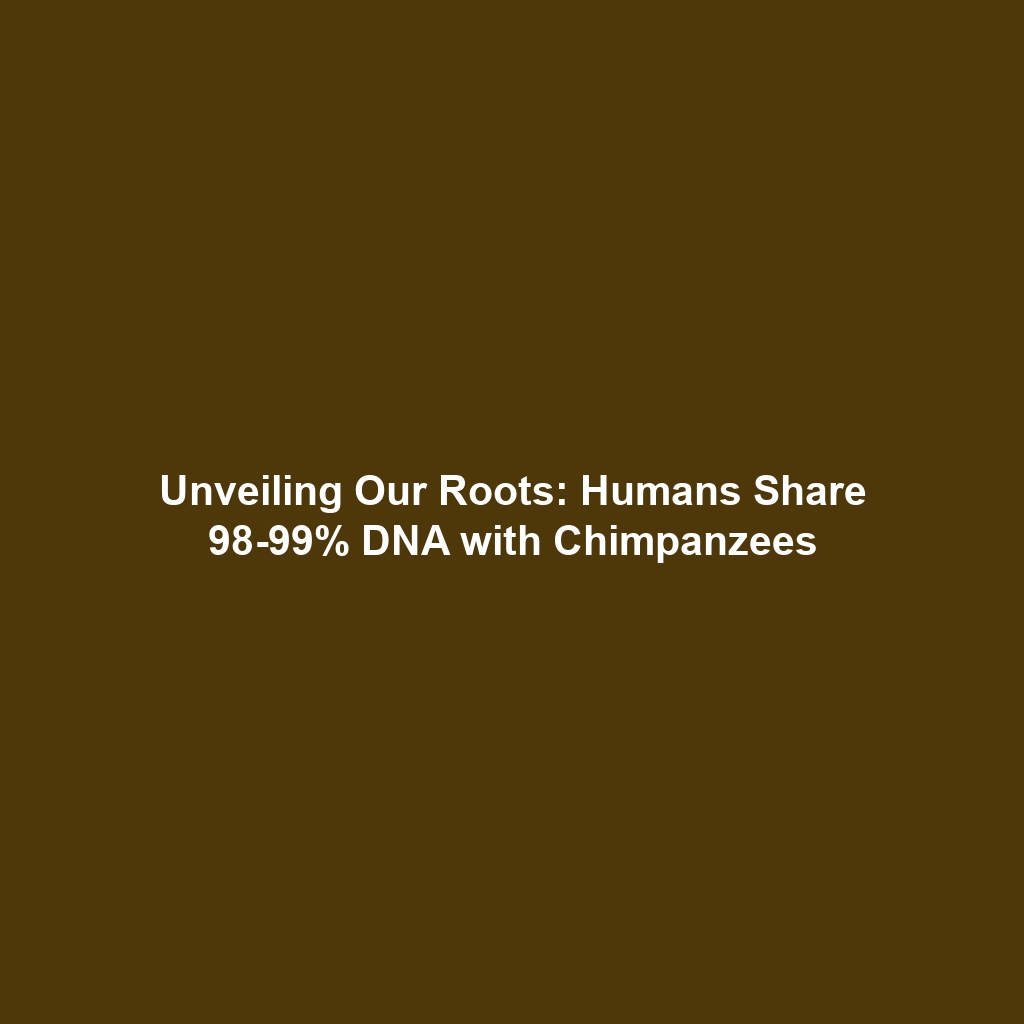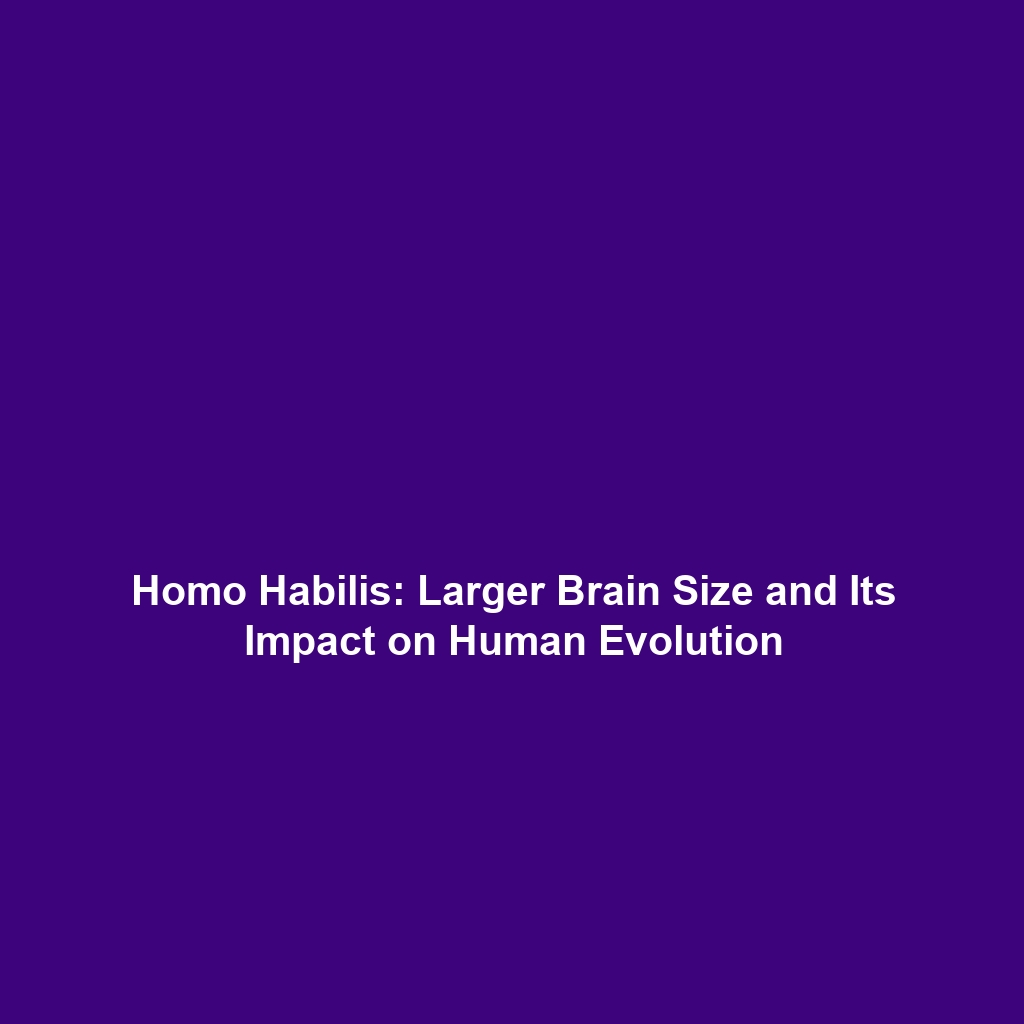Symbolic Thought in Human Evolution
Introduction
Symbolic thought represents a significant milestone in the timeline of human evolution. The development of complex behavior, as evidenced through the use of beads, jewelry, and elaborate burial practices, indicates that early humans engaged in activities imbued with meaning beyond mere survival. These artifacts not only reflect the cognitive capabilities of our ancestors but also their spiritual beliefs and social structures. Understanding the origins and implications of symbolic thought can provide deeper insights into the evolution of modern human behavior.
Key Concepts
History of Symbolic Thought
Symbolic thought is characterized by the ability to use symbols, words, or images to represent ideas and concepts. In human evolution, this cognitive development is demonstrated through:
- Use of Beads and Jewelry: Archaeological findings show that early humans crafted beads from materials such as shells, bones, and stones, often for adornment or ritualistic purposes.
- Burial Practices: The presence of grave goods and organized burials suggests that early humans possessed beliefs about an afterlife or spiritual existence.
- Artistic Expression: Cave art and carvings indicate that early humans communicated complex ideas and feelings through visual representations.
Applications and Real-World Uses
Symbolic thought has profound implications for understanding human evolution and its real-world applications include:
- Cultural Anthropology: Studying artifacts reveals how symbolic thought influenced social structures and cultural practices.
- Archaeological Interpretation: Unearthing burial sites helps researchers decipher the spiritual beliefs of early human societies.
- Psycho-Social Research: Insights into why humans create symbols can enhance our understanding of modern psychological and social behaviors.
Current Challenges
Researching symbolic thought within the context of human evolution presents several challenges:
- Lack of Direct Evidence: Many artifacts are subject to interpretation, and assumptions may not reflect the intended meanings.
- Ethical Considerations: The excavation of burial sites raises ethical questions about the treatment of human remains.
- Contextual Variability: Different cultures may have unique interpretations of symbols that complicate broader understandings.
Future Research and Innovations
Future studies on symbolic thought will likely leverage new technologies, which could include:
- Advanced Imaging Techniques: Utilizing 3D scanning and modeling to create virtual reconstructions of ancient artifacts.
- Genomic Studies: Interdisciplinary approaches combining genetics and archaeology may shed light on behavioral evolution.
- Artificial Intelligence: Machine learning algorithms could help analyze patterns in ancient cultures and symbolic representation.
Conclusion
In summary, the evidence of symbolic thought through beads, jewelry, and burial practices plays a critical role in our understanding of human evolution. As research expands, it will unveil further insights into our ancestors’ cognitive and spiritual lives. To learn more about how these practices shape our understanding of humanity’s past, consider exploring additional topics such as cognitive evolution and archaeological innovations.



